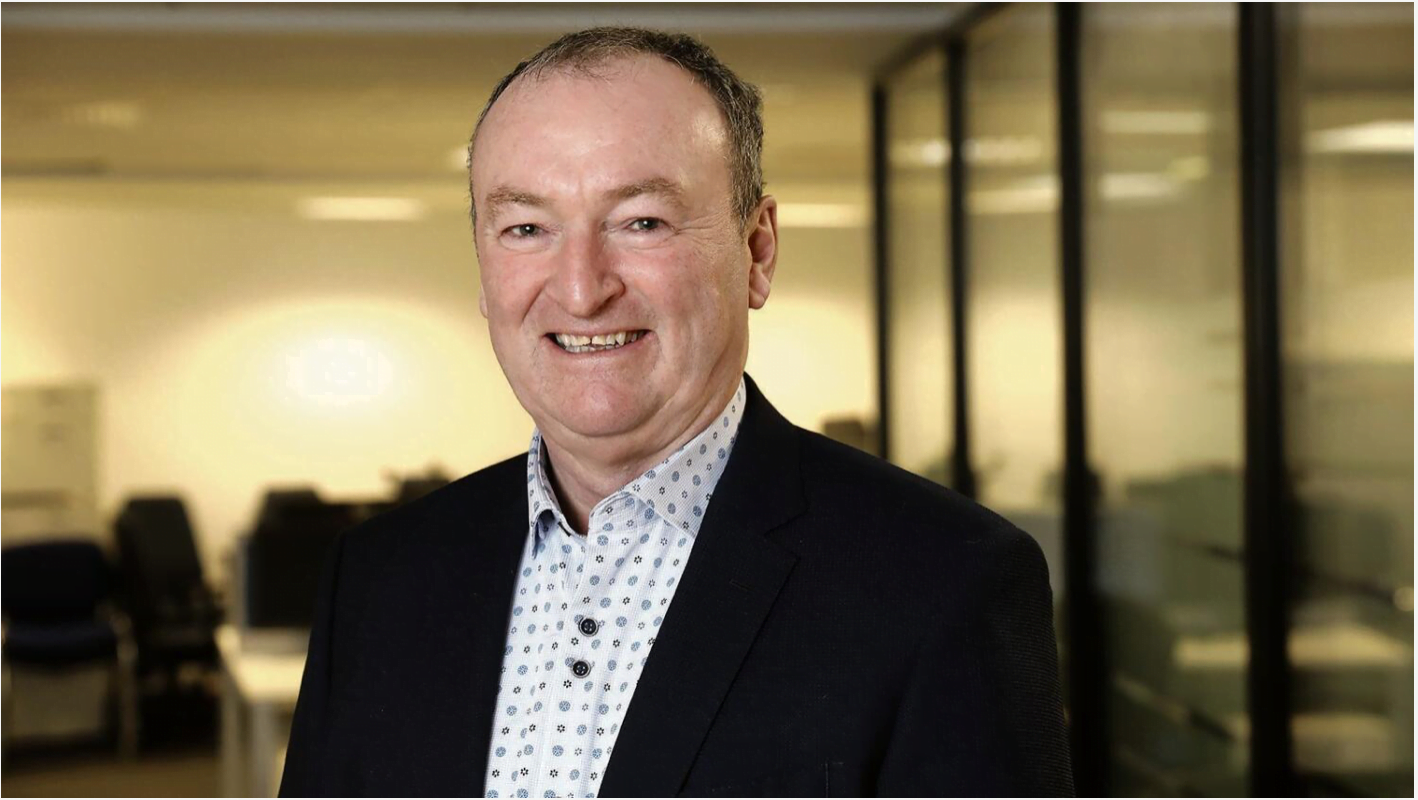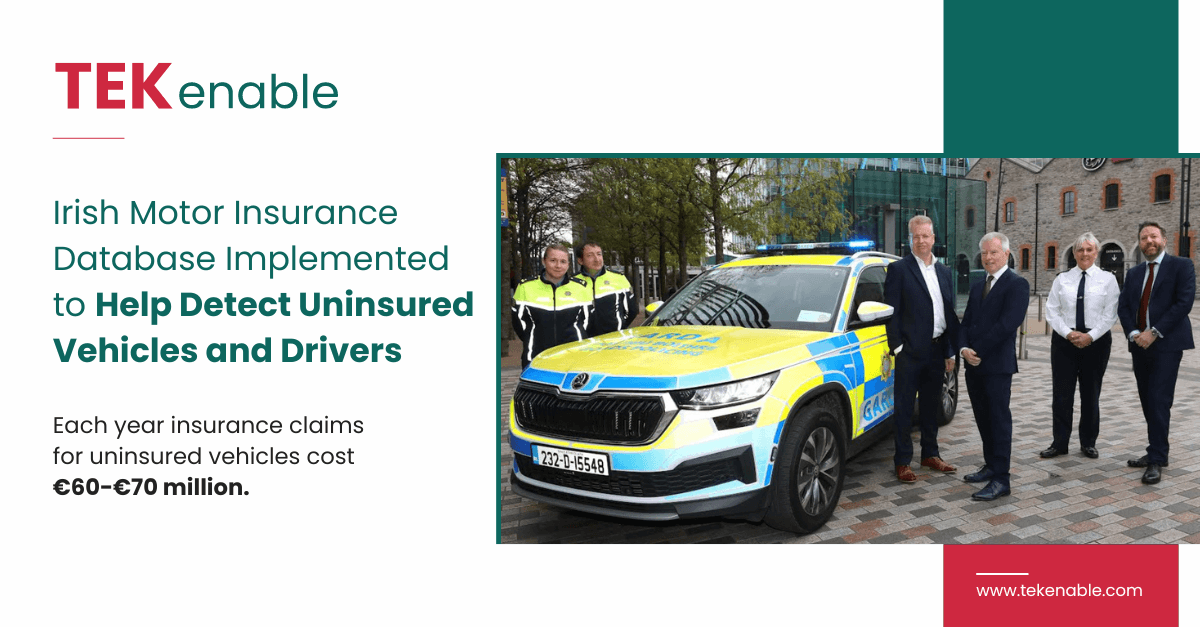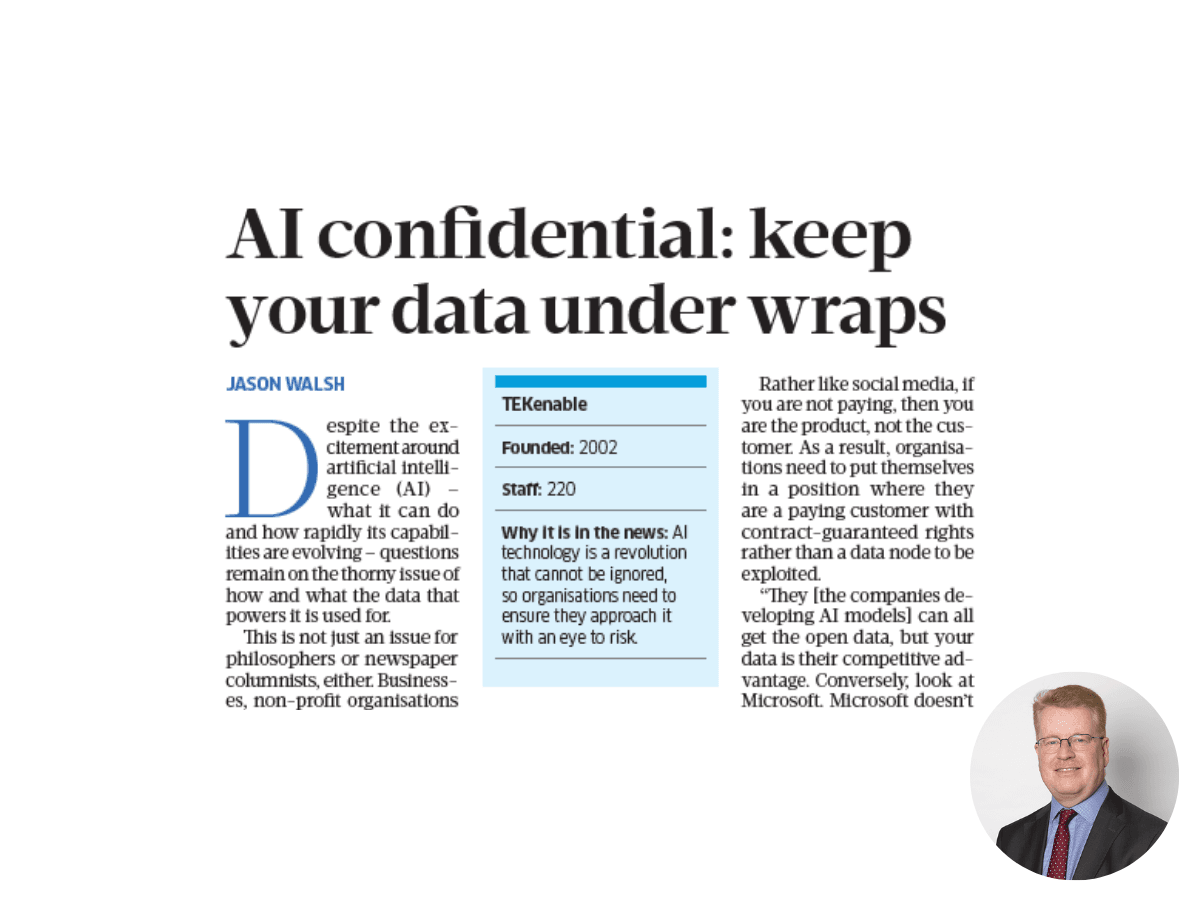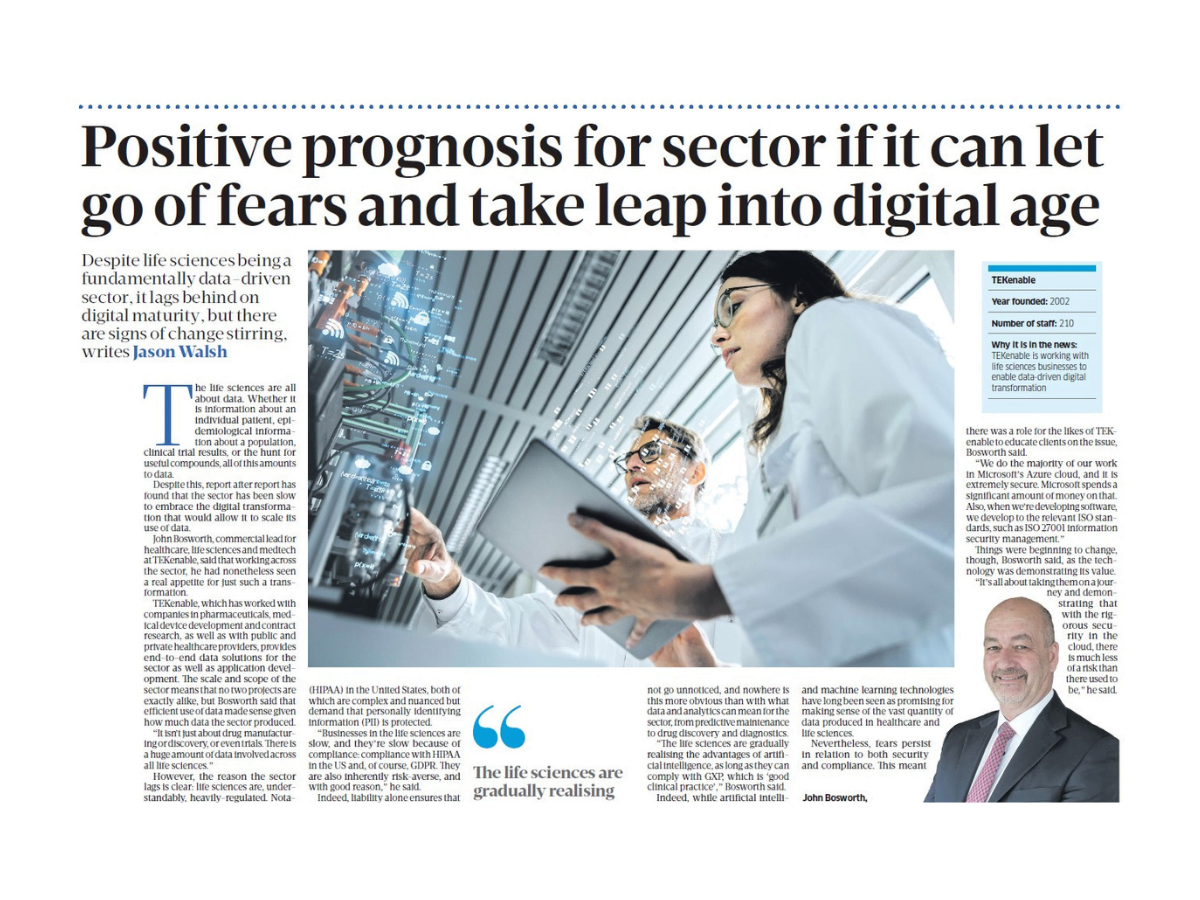Work practices have already undergone dramatic changes in the past three years, but the right technology can facilitate a more modern approach to the world of work.
Everyone is working from home. Everyone has been told to return to the office. Which of these two statements is closer to the truth appears to depend entirely on what you are reading. For instance, Britain’s People Management magazine reported that, according to Unispace Global Workplace Insights, 72 per cent of companies globally have implemented a return-to-the-office policy.
Despite this, over a third of desks globally are sitting empty, at least according to sensor manufacturer XY Sense. Closer to home, estate agent Lisney reported in July that 13.8 per cent of Dublin offices were entirely vacant, and while there is obviously a lot more to this than remote working, it at least suggests a shift in working patterns.
Nick Connors, group chief executive at TEKenable, which provides a host of IT, cloud, and development services for clients in both the public and private sector, said that the much-ballyhooed return to the office was not as straightforward as the headlines implied.
“We’re seeing a bit of it. The very big operations look to return three to four days a week, but it depends on the business. If they’re customer-centric, in terms of needing to be in contact, it is rarer. On the other hand, firms in things like software engineering, like ourselves, will have a lot of remote working,” he said.
Indeed, TEKenable allows fully remote work and some staff have decided to go down that road in order to spend less time travelling to the office. However, as with many businesses today, TEKenable also supports a combination of working from home and from the office.
As a technology company, TEKenable has the means to deploy technological solutions to smooth new ways of working – and it does this for its clients, too.
Connors called it “the modern workplace”. He said the technologies that are used to support it are well-known. Key among them is a move to cloud-based infrastructure, which adds flexibility while also increasing security.
“First and foremost, it has to be cloud infrastructure. People could be working from anywhere, including anywhere in the world,” he said. Social and policy changes are typically minimal: “There are slight modifications, but things like dress code still apply if you’re in a client meeting.
Working from home may even mean you go out to meet clients in person more often.” However, Connors said the term “modern workplace” was more accurate as it encapsulated more than just being away from the office.
“I don’t think the term ‘remote working’ is great; I call it modern working. You’re more connected, believe it or not. You could be sitting in an office of 200 and not connected, but with things like Microsoft Teams, you really are able to connect no matter where you are,” he said.
Notably, the success of Teams in beating out early challenges from other communications platforms suggests flexible work is increasingly supported in enterprise environments.
“I think the work Microsoft put into integrating Teams into Office 365 gave it that edge on the other platforms,” Connors said.
Of course, ease of communication can lead to over-communication. This needs to be addressed by policy.
“We have policies in place about things like emails out of hours: you don’t have to read them. I don’t think there’s a silver bullet yet, and there are areas that all companies need to fine-tune and work on,” he said. For TEKenable, the shift in working practices is more than just the latest change to the office. Instead, it is a validation of the work it has been doing with Irish businesses in IT modernisation and digital transformation.
“We do a lot of work moving from on-premise and legacy systems to cloud. When you do the full business case, it’s a no-brainer. Generally, the older legacy systems just ain’t fit for purpose anymore. There are some extreme exceptions, but they’re in the one per cent range.”
For security alone, the move to the cloud is a must, he said, especially for businesses that want to expand beyond the shores of Ireland. However, just because different ways of working are enabled does not mean every traditional practice has to be thrown overboard.
“The modern workplace and the model that supports it don’t have to be monolithic. You can have a blended model within a company.”
The text above is reproduced from new published in Business Post on September 3rd, 2023.





